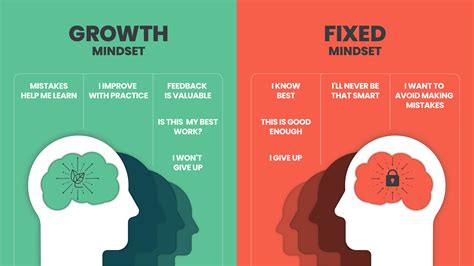Navigating the Storm: Building Men’s Resilience in Finance and Fitness
Life inevitably throws curveballs, and for men, financial instability and fitness plateaus can often hit hard, impacting self-worth and mental well-being. Society often places immense pressure on men to be providers, strong, and in control, making setbacks in these core areas particularly challenging. However, resilience isn’t an innate trait; it’s a muscle that can be consciously developed through specific mindset shifts. Understanding and internalizing these shifts is crucial for not just surviving, but thriving through adversity.

1. Embracing a Growth Mindset Over a Fixed One
One of the most powerful shifts is moving from a fixed mindset to a growth mindset. A fixed mindset believes abilities are static, leading men to feel defeated or ashamed by financial losses or fitness failures (“I’m just not good with money,” “I’m naturally out of shape”). In contrast, a growth mindset sees abilities as developable through dedication and hard work. When facing a market downturn or a weightlifting plateau, a man with a growth mindset asks, “What can I learn from this? How can I adapt and improve?” This perspective reframes challenges as opportunities for learning and evolution, fostering perseverance rather than despair.
2. Redefining Failure as Feedback
Traditional masculinity often equates failure with weakness, leading men to avoid risks or hide their struggles. This mindset is detrimental to building resilience. Instead, view setbacks—whether a failed investment or a missed fitness goal—not as definitive judgments of character or capability, but as valuable data points. Each “failure” provides feedback on what didn’t work, guiding adjustments for future attempts. This shift allows for experimentation, learning, and iterative improvement, transforming potential discouragement into actionable insight.

3. Cultivating Self-Compassion
Men are often conditioned to be tough on themselves, believing that harsh self-criticism drives performance. While self-reflection is important, excessive self-criticism can be paralyzing, especially after a setback. Self-compassion—treating oneself with the same kindness and understanding one would offer a friend—is a vital component of resilience. It acknowledges that suffering and imperfection are part of the human experience. When a financial plan goes awry or a fitness routine stalls, self-compassion helps men acknowledge their pain without judgment, allowing them to regroup and move forward with greater mental fortitude.

4. Focusing on Process, Not Just Outcome
It’s easy to get fixated on specific outcomes: a certain net worth, a target physique, or a specific investment return. When these outcomes aren’t immediately met, it can be a source of significant frustration. A crucial mindset shift involves prioritizing the process—the consistent effort, the daily habits, the disciplined approach—over the immediate result. By focusing on controllable actions and consistent effort, men can find satisfaction in their daily endeavors, reducing the emotional roller coaster tied to fluctuating external results. This process-oriented approach builds sustainable habits and long-term resilience.
5. Building a Support System and Seeking Help
The “lone wolf” mentality, where men feel they must handle all challenges independently, is a significant barrier to resilience. Opening up about financial anxieties or fitness struggles is not a sign of weakness, but of strength and self-awareness. Building a trusted support system—whether it’s a mentor, a financial advisor, a personal trainer, or a close group of friends—provides different perspectives, emotional support, and practical advice. Seeking professional help when needed, be it for financial planning or mental health, demonstrates proactive problem-solving and significantly enhances one’s ability to bounce back from adversity.

Putting It Into Practice
These mindset shifts aren’t quick fixes but ongoing practices. They require introspection, patience, and consistent effort. Start by identifying which areas—finance or fitness—present the most challenges and consciously apply one mindset shift at a time. Journaling about setbacks, practicing positive self-talk, and celebrating small process-oriented victories can reinforce these new ways of thinking. Resilience is a journey, not a destination, and by actively cultivating these mindsets, men can build a robust internal framework to withstand and overcome life’s inevitable challenges.





